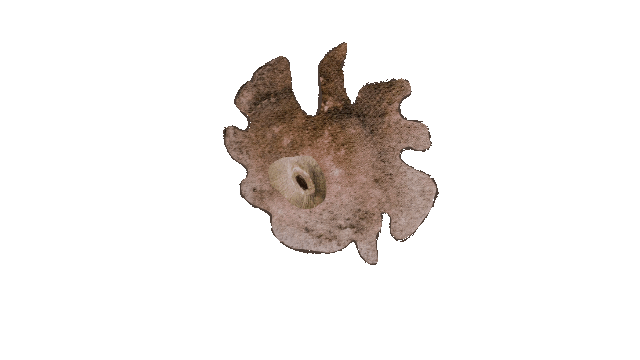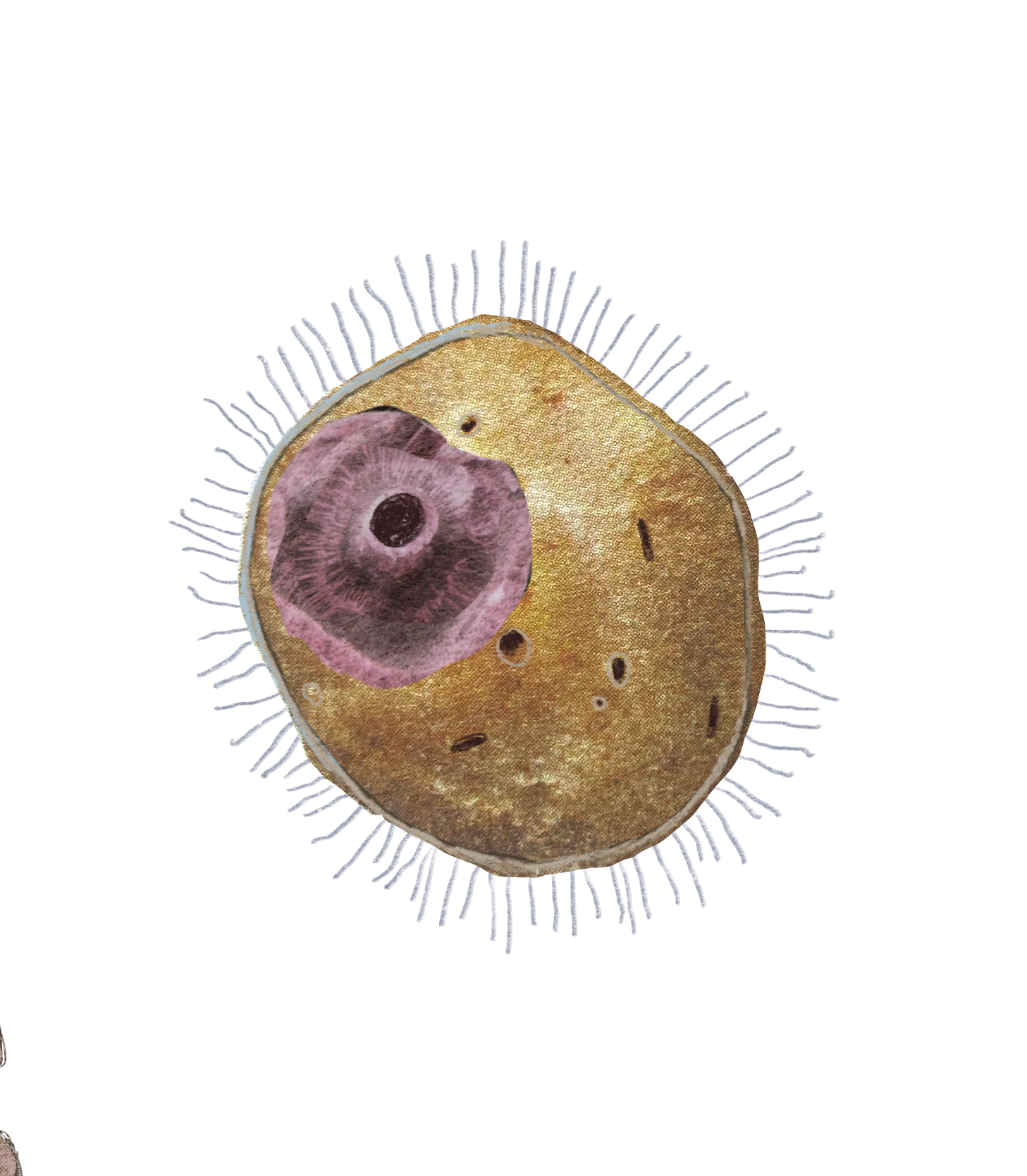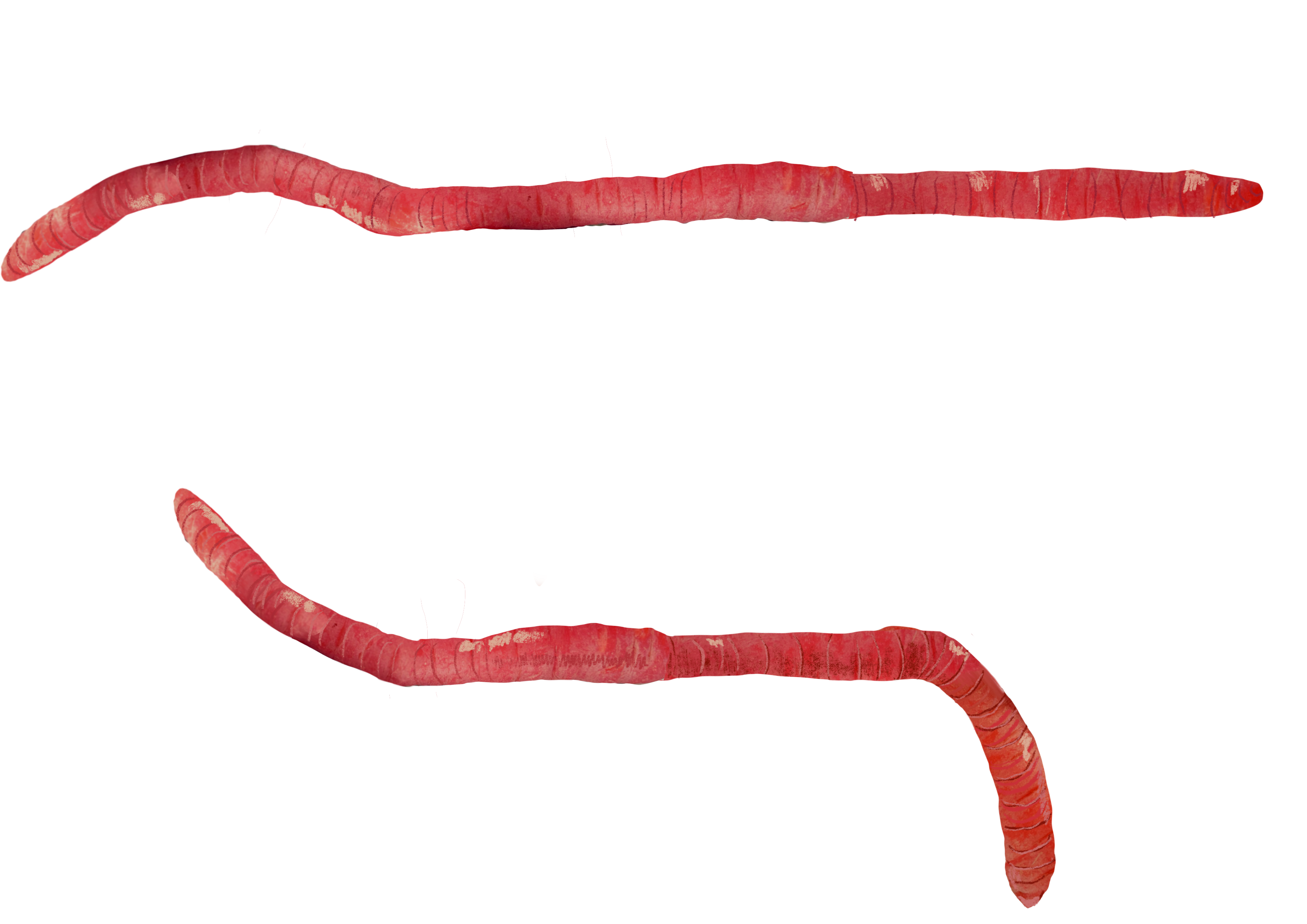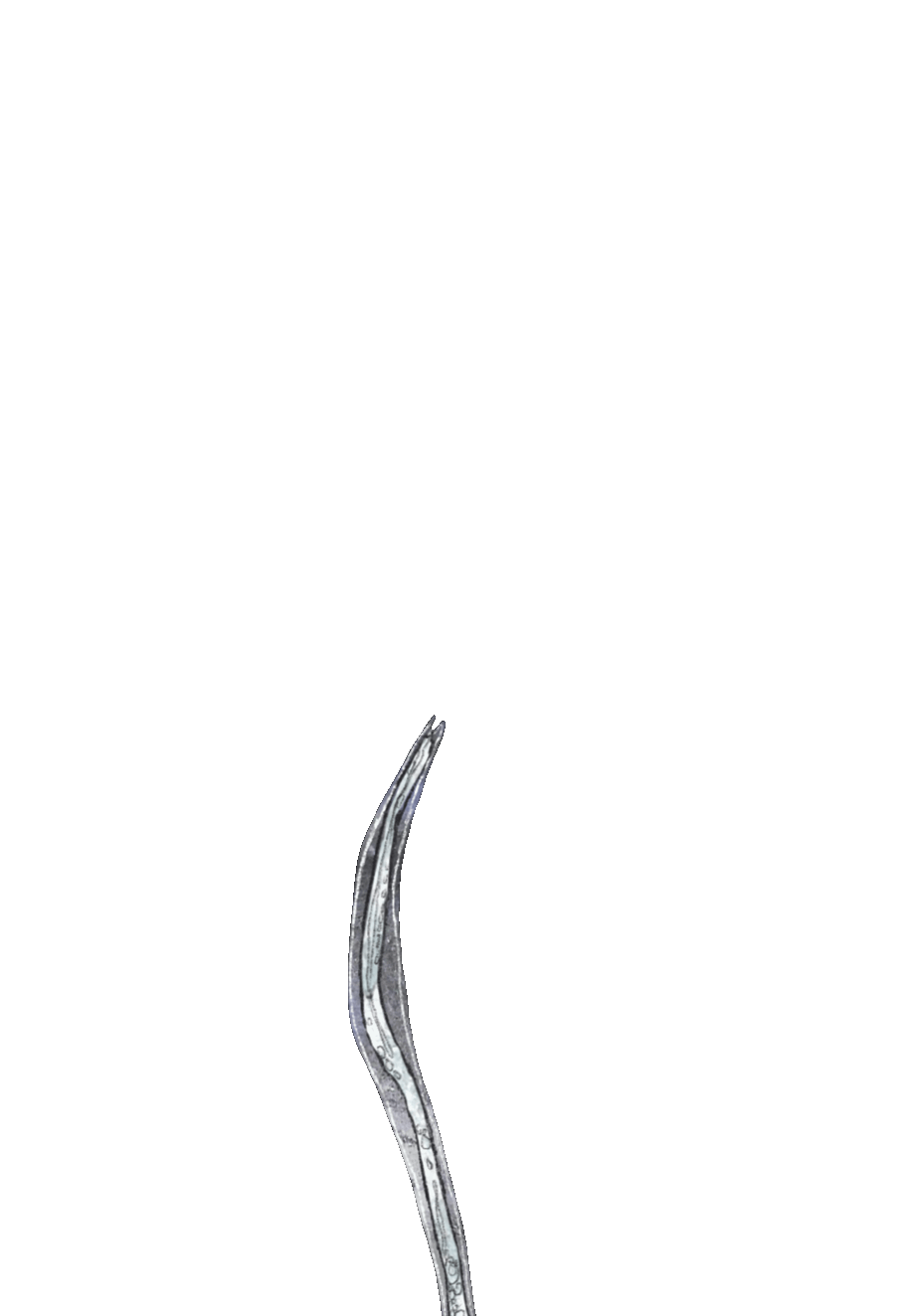As I have undertaken this research enquiry, I have been schooled by fungi, or more specifically, by mycelium, the intricate network of microscopic fungal threads that sprawl through soil and decaying matter. Under their guidance I have submerged myself in myriad matters (theoretical, practical, intellectual, creative) and strung them together throughout my research for this project and my creative practice more broadly. Illustrator as connective tissue, illustrator as mycelium. Rather than observing from a distance, I have endeavoured to wriggle into my sites of enquiry, digesting, decomposing, recomposing.
I have not, however, been alone in this process. Just as fungi work in symbiosis with other organisms to break down matter, I have worked with and learnt from myriad practitioners, thinkers, theorists, artists, methods, processes, and perspectives. They will appear here as the bacteria, microarthropods, nematodes, earthworms, centipedes, millipedes, and other compost co-conspirators. Though they may look strange to you, there is no need to be squeamish; they are delightful company and tell very good jokes.



My compost co-conspirators and I have chosen the compost heap as a site, vessel, carrier-bag, model, metaphor for my enquiry for several reasons. Firstly, because it is inherently queer, and thus offers an ideal site for reimaginings. I use ‘queer’ here in an expansive sense, returning to its etymological roots; “the idea of queering in the sense that queer means to make strange, to act strange, to go crosswise or against the grain or sideways” (Sandilands, 2022). The compost heap queers in that it decomposes and blurs the boundaries between subjects and objects, dissolving binary distinctions and defamiliarizing material. It is also queer in that it dismantles hierarchies and structures, rendering all the commonest of grounds: soil.


Vandana Shiva describes soil as “a metaphor of decentralized and deep democracy” (Shiva, 2008, p.7). As such, I argue that it is fundamentally queer, “operating against the logics of succession, progress, development, and tradition proper to hetero-familial development” (Halberstam, 2012, p.75). We will return to ‘queer’ in its verbaceous form later on, where it will accompany us in our decompositional drift through the bowels of botanical reimaginings.
As you can see from the chart on the left, we have a highly detailed chart by which to navigate our enquiry.
However, just in case the chart is not entirely transparent, I have outlined the key phases of our excursion below.
(Phase 3 ran off with a nematode).
Pssst...click the worm's hole...
A Brief Introduction to